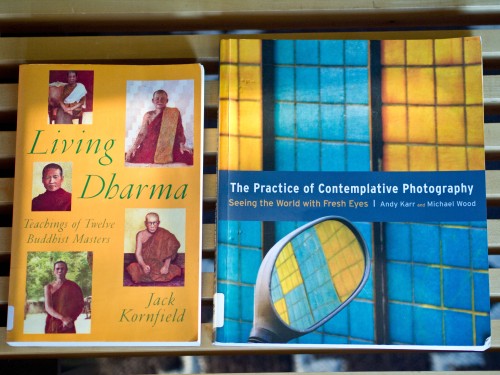Too Religious
Somewhere smack in the late middle of this podcast on the mindfulness of breathing by Alan Wallace he starts talking about the bardo. If you’re not up on Tibetan Buddhism, the bardo, as I understand it, is the limbo where the soul (or whatever you want to call it) exists in the 49 days following death, before it goes on to its rebirth.
Generally, I’m used to the type of nightstand (some call it “consensus Buddhism” — where Westerners pick out the parts they don’t like) Buddhism where people don’t get into the karma or rebirth thing, because it’s generally not what people come for. But out in Phuket, this kind of talk might play a little differently. But I was in my living room. So it kind of took me aback.
For my very subjective money, the karma and rebirth thing is where Buddhism just starts to look like every other religion and offers you the panacea of a better life in some not-now future. It starts to be precipitously much less interesting. I was turned off. I’ll probably return to this series of podcasts at some point, though. As there’s lots of good stuff. But for now I need an extended break, I think.
I’ve just wrangled a free (or fee reduced) spot in another meditation class, which is nice because the thinking, thinking, thinking has been quite relentless lately, and I could use another perspective.


